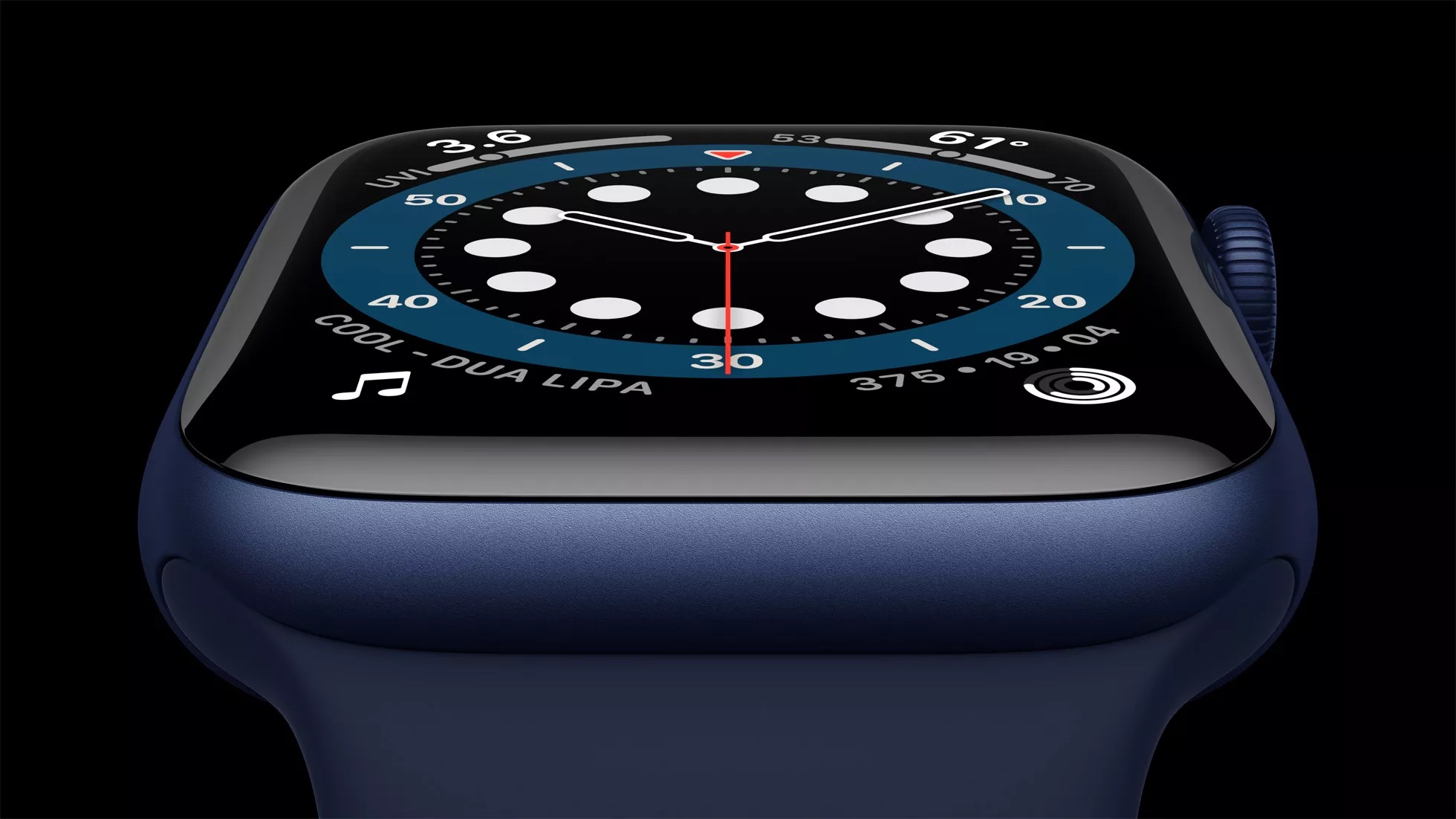Apple preps new iPhone & Apple Watch screen tech, and Samsung Galaxy should be worried
MicroLED is the future, but it's expensive – Apple's new patent aims to change that


There have been rumours that Apple wants to move to microLED displays (instead of OLED) for future Apple Watch models for a while, but this next-gen screen tech is years away from becoming an affordable reality. But a new Apple patent aims to hurry that along, potentially making microLED displays easier and cheaper to build.
Spotted by Apple Insider, the patent – named Micro light emitting diode testing – describes a way to test microLED panels as they're being built, which should mean that imperfections can be caught and remedied more quickly, and the production line is more reliable overall.
This would help bring the cost of the panels down in two ways: a) time is money is manufacturing, and testing as you go would save a lot of it; b) advanced electronics often have reliability issues during early production, which can mean a lot of unusable parts being built – easier testing means less wastage, which means lower cost.
MicroLED is the next big thing in displays, because it offers all the advantages of OLED (such as self-emissive pixels and ultra-thin panels), but without the downsides of OLED (burn-in, limited brightness, not the longest lifetime for the pixels). Just as the first Apple product to use OLED screens was the Apple Watch, we expect it'll be the first to use microLED before rolling out on iPhones – though don't expect it to be the Apple Watch Series 7 or iPhone 13, based on current developments.
Samsung has just launched the first microLED TV, but it's massively expensive, huge, and limited to 4K rather than the 8K TVs Samsung has been recently pushing at the flagship end. It's all a reminder that microLED is some time away from challenging the best OLED TVs so far, let alone mass producing even higher-density screens for the Apple Watch.
But to misquote Hemingway, development on new technologies often goes gradually and then suddenly. Apple's patent could be something that helps push us towards the suddenly. The question is whether other manufacturers will be able to keep up, or whether this patent is a big advantage for Apple's manufacturing partners, keeping its products ahead of the game for microLED screen tech.
In the meantime, we're expecting to see Apple embrace mini-LED technology for its iPad Pro 2021 and MacBook Pro 2021, both of which are said to be coming this March. Mini-LED is more like current backlit LED screens, but with (you guessed it) smaller LEDs, which means you can fit more of them in to boost brightness, and can control localised dimming more finely, improving contrast massively.
Get all the latest news, reviews, deals and buying guides on gorgeous tech, home and active products from the T3 experts

Matt is T3's former AV and Smart Home Editor (UK), master of all things audiovisual, overseeing our TV, speakers and headphones coverage. He also covered smart home products and large appliances, as well as our toys and games articles. He's can explain both what Dolby Vision IQ is and why the Lego you're building doesn't fit together the way the instructions say, so is truly invaluable. Matt has worked for tech publications for over 10 years, in print and online, including running T3's print magazine and launching its most recent redesign. He's also contributed to a huge number of tech and gaming titles over the years. Say hello if you see him roaming the halls at CES, IFA or Toy Fair. Matt now works for our sister title TechRadar.